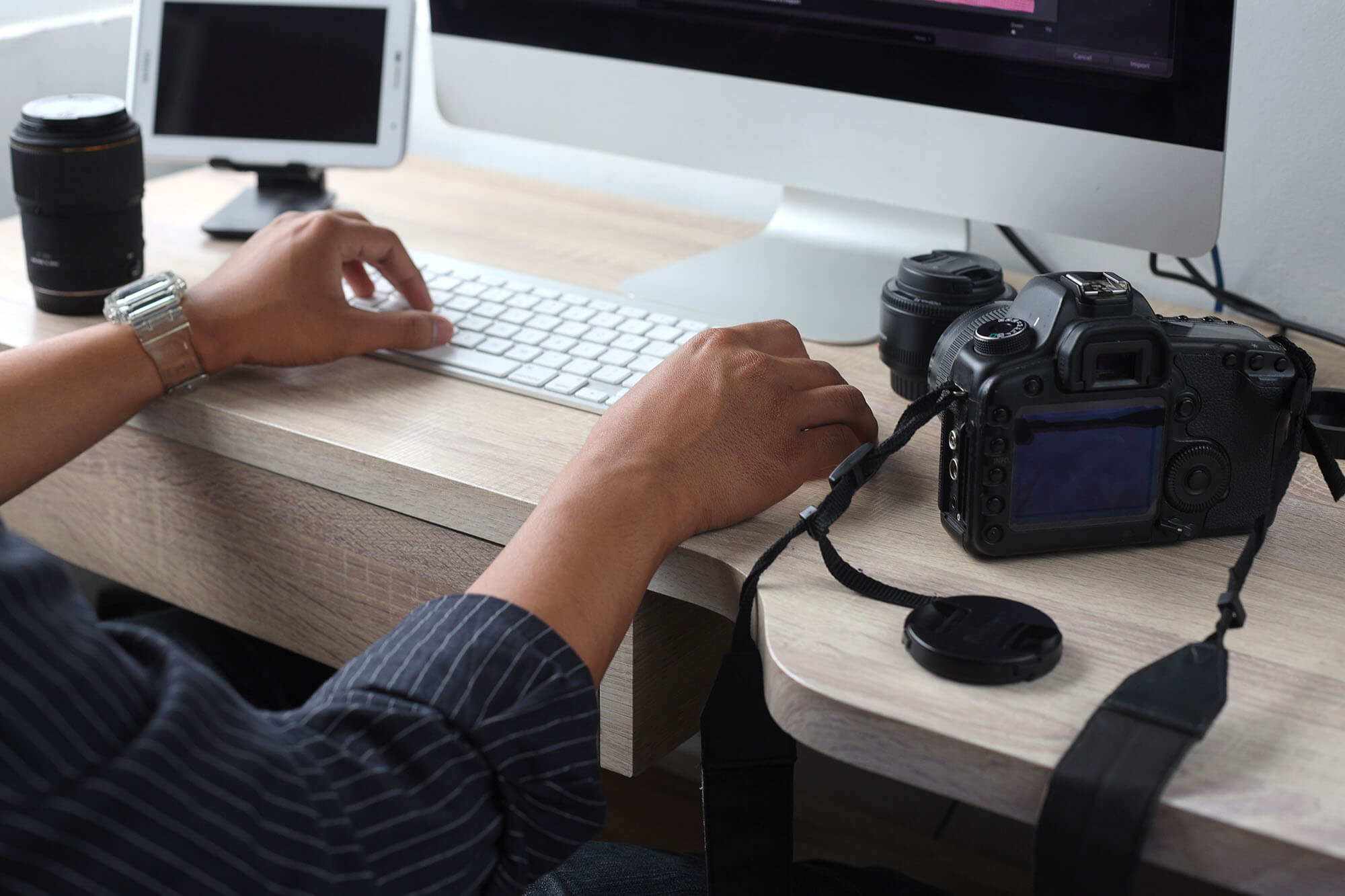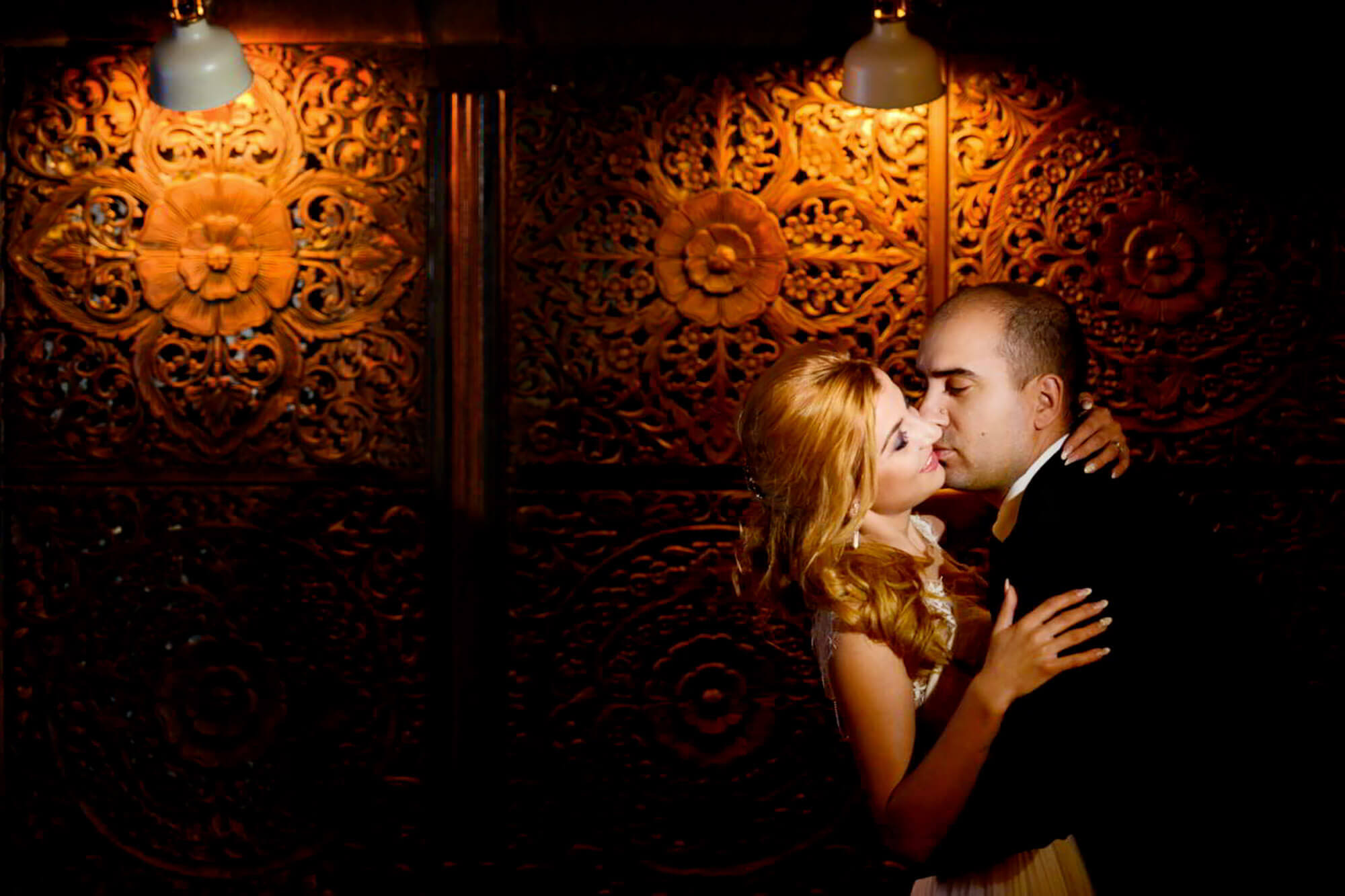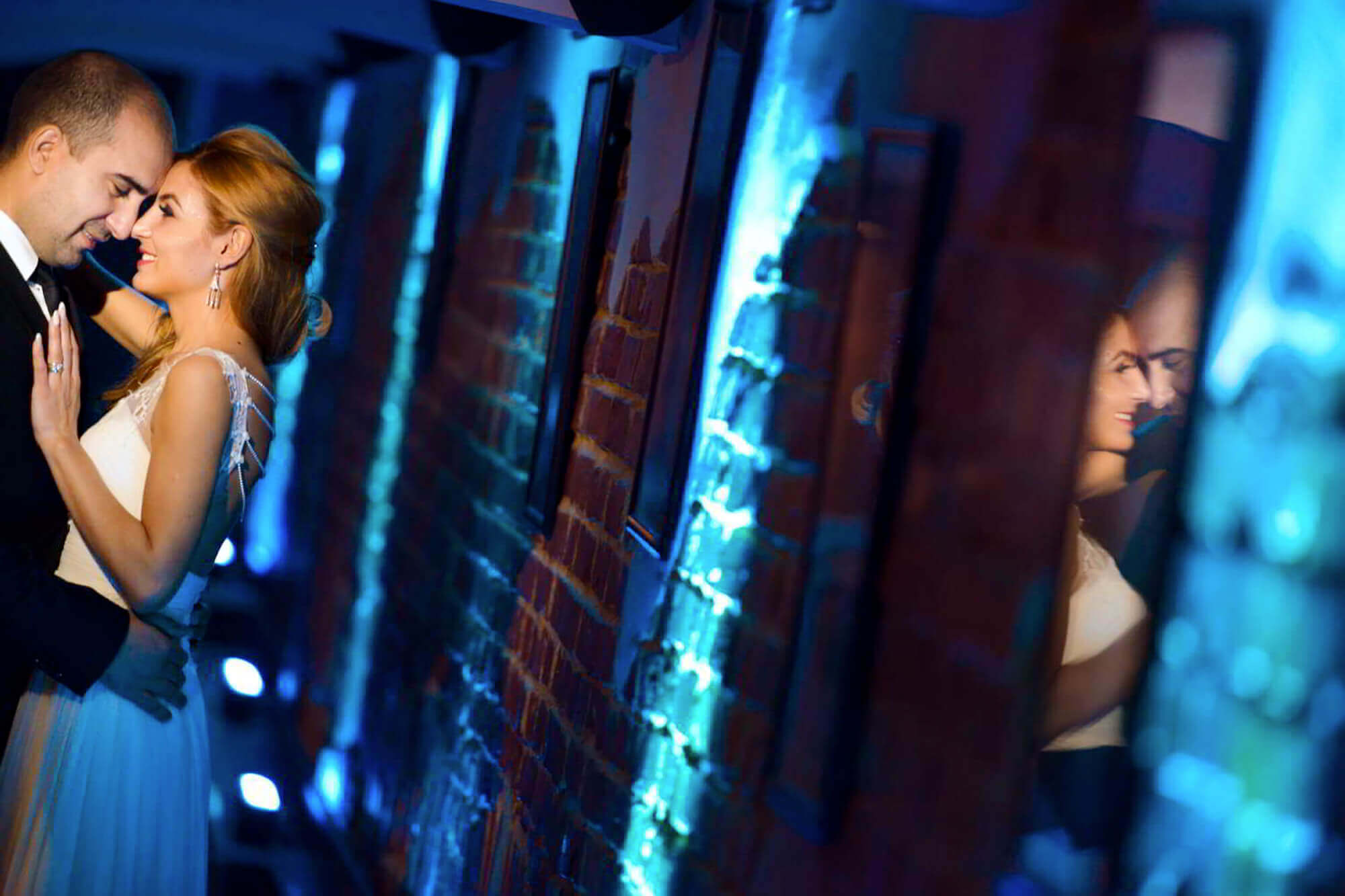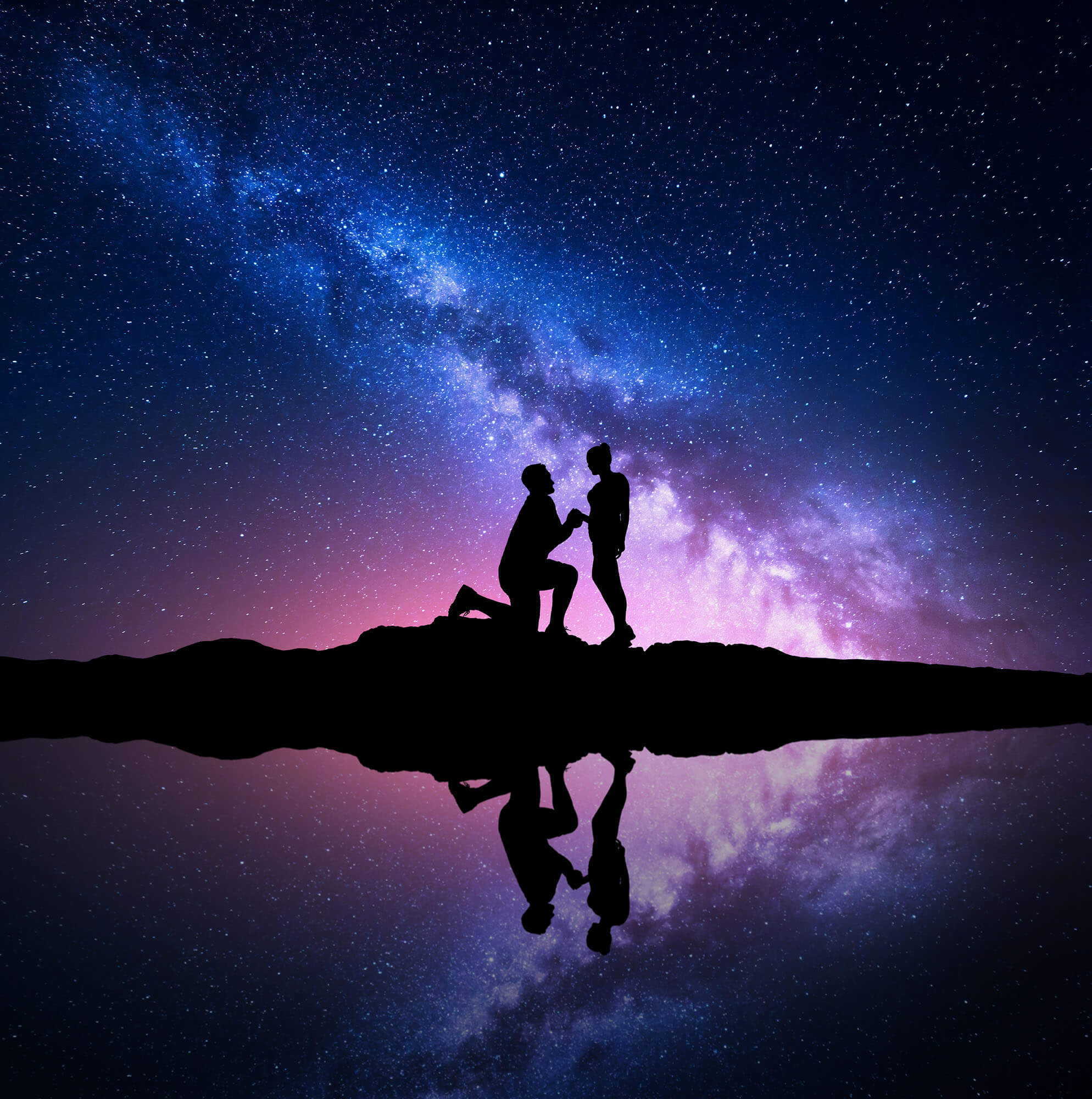The Best Editing Techniques for Low Light Wedding Photography
As a professional photographer, you know that capturing great shots in low light conditions can be a challenge. But what do you do when you have an entire wedding to photograph in these conditions? Fear not, because with the right editing techniques, you can transform your low light wedding photos into stunning masterpieces. In this article, we’ll explore the best editing techniques for low light wedding photography and give you some tips on how to take your photography skills to the next level.
Introduction
Wedding photography is a challenging task, and when it comes to low light conditions, it can become even more difficult. However, with the help of some effective editing techniques, you can create stunning wedding photos even in low light conditions. In this article, we’ll discuss some of the best editing techniques that you can use to enhance your low light wedding photos.
Understanding the Challenges of Low Light Wedding Photography
Low light conditions present a unique set of challenges for wedding photographers. The lack of natural light can make it difficult to capture sharp, clear images. Additionally, low light conditions can result in grainy, noisy photos that lack detail and contrast. Understanding these challenges is essential to developing effective editing techniques for low light wedding photography.
Shooting in Raw Format
One of the best ways to capture stunning low light wedding photos is to shoot in raw format. Raw format preserves all the details and colors of the image, allowing you to make adjustments during the editing process. Shooting in raw format also reduces the likelihood of noise and graininess in your images.
Correcting Exposure and White Balance
Exposure and white balance are two critical elements of low light wedding photography. When editing your images, you can adjust the exposure and white balance to correct any color casts or underexposed areas in your photos. This can significantly improve the quality of your low light wedding photos.
Using Noise Reduction Techniques
Noise is a common problem in low light photography, and it can be especially noticeable in wedding photos. Fortunately, many noise reduction techniques can help you minimize or eliminate noise in your images. Some effective techniques include using noise reduction software or manually reducing noise using tools such as the clone stamp or healing brush.
Enhancing Details and Contrast
Low light conditions can result in images that lack detail and contrast. Fortunately, you can enhance these elements during the editing process to create more vibrant and dynamic photos. Techniques such as sharpening and clarity adjustments can help bring out the details in your low light wedding photos.
Using Dodge and Burn Techniques
Dodge and burn techniques involve selectively lightening and darkening areas of an image to create a more balanced and dynamic photo. These techniques can be especially effective in low light wedding photography, where certain areas of the image may be underexposed. By selectively lightening these areas, you can bring out the details and create a more dynamic image.
Applying Creative Effects
Finally, applying creative effects can help you take your low light wedding photos to the next level. Techniques such as adding vignettes, blurring the background, or creating a soft focus effect can help you create unique and stunning images that stand out from the crowd.
One unique idea to enhance your low light wedding photos is to use the “Orton Effect”. This technique involves blending two images together, one sharp and one slightly blurred, to create a dreamy and ethereal effect. This technique can be especially effective for low light wedding photos, as it can help create a romantic and intimate mood.
FAQs:
What is the best file format to shoot in for low light wedding photography?
Shooting in raw format is the best option for low light wedding photography, as it preserves all the details and colors of the image, allowing you to make adjustments during the editing process.
What is the best way to correct exposure and white balance in low light wedding photography?
The best way to correct exposure and white balance in low light wedding photography is during the editing process. You can adjust the exposure and white balance to correct any color casts or underexposed areas in your photos, which can significantly improve the quality of your low light wedding photos.
How can I minimize or eliminate noise in my low light wedding photos?
There are several noise reduction techniques that you can use to minimize or eliminate noise in your low light wedding photos. Some effective techniques include using noise reduction software or manually reducing noise using tools such as the clone stamp or healing brush.
The links provided offer a selection of books about “The Importance of Post-Processing in Wedding Photography”
- Picture Editing: Discover your best images, improve your photography
- Adobe Photoshop Classroom in a Book (2022 release)
- Adobe Photoshop Lightroom Classic Book
- Adobe Photoshop 2023 User Guide
- Adobe Photoshop 2022: The Complete Tutorial for Beginners
Conclusion:
Low light wedding photography can be challenging, but with the right editing techniques, you can create stunning images that capture the beauty and intimacy of the special day. Shooting in raw format, correcting exposure and white balance, using noise reduction techniques, enhancing details and contrast, using dodge and burn techniques, and applying creative effects are all effective ways to improve your low light wedding photos. So don’t be afraid to experiment and try out these techniques to take your wedding photography skills to the next level. With practice and dedication, you’ll be able to capture unforgettable moments in even the most challenging low light conditions.



